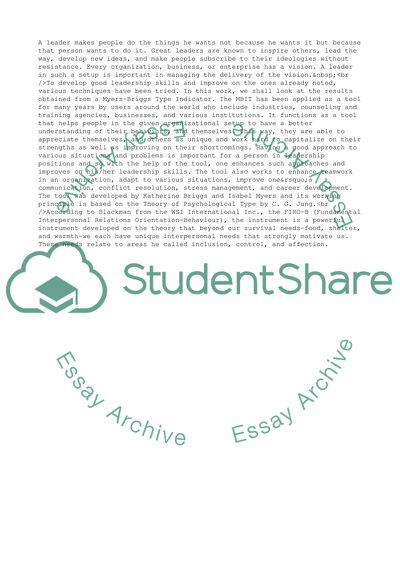Cite this document
(Link between Leadership and Management Coursework Example | Topics and Well Written Essays - 1500 words - 18, n.d.)
Link between Leadership and Management Coursework Example | Topics and Well Written Essays - 1500 words - 18. https://studentshare.org/management/1855264-leadership
Link between Leadership and Management Coursework Example | Topics and Well Written Essays - 1500 words - 18. https://studentshare.org/management/1855264-leadership
(Link Between Leadership and Management Coursework Example | Topics and Well Written Essays - 1500 Words - 18)
Link Between Leadership and Management Coursework Example | Topics and Well Written Essays - 1500 Words - 18. https://studentshare.org/management/1855264-leadership.
Link Between Leadership and Management Coursework Example | Topics and Well Written Essays - 1500 Words - 18. https://studentshare.org/management/1855264-leadership.
“Link Between Leadership and Management Coursework Example | Topics and Well Written Essays - 1500 Words - 18”. https://studentshare.org/management/1855264-leadership.


